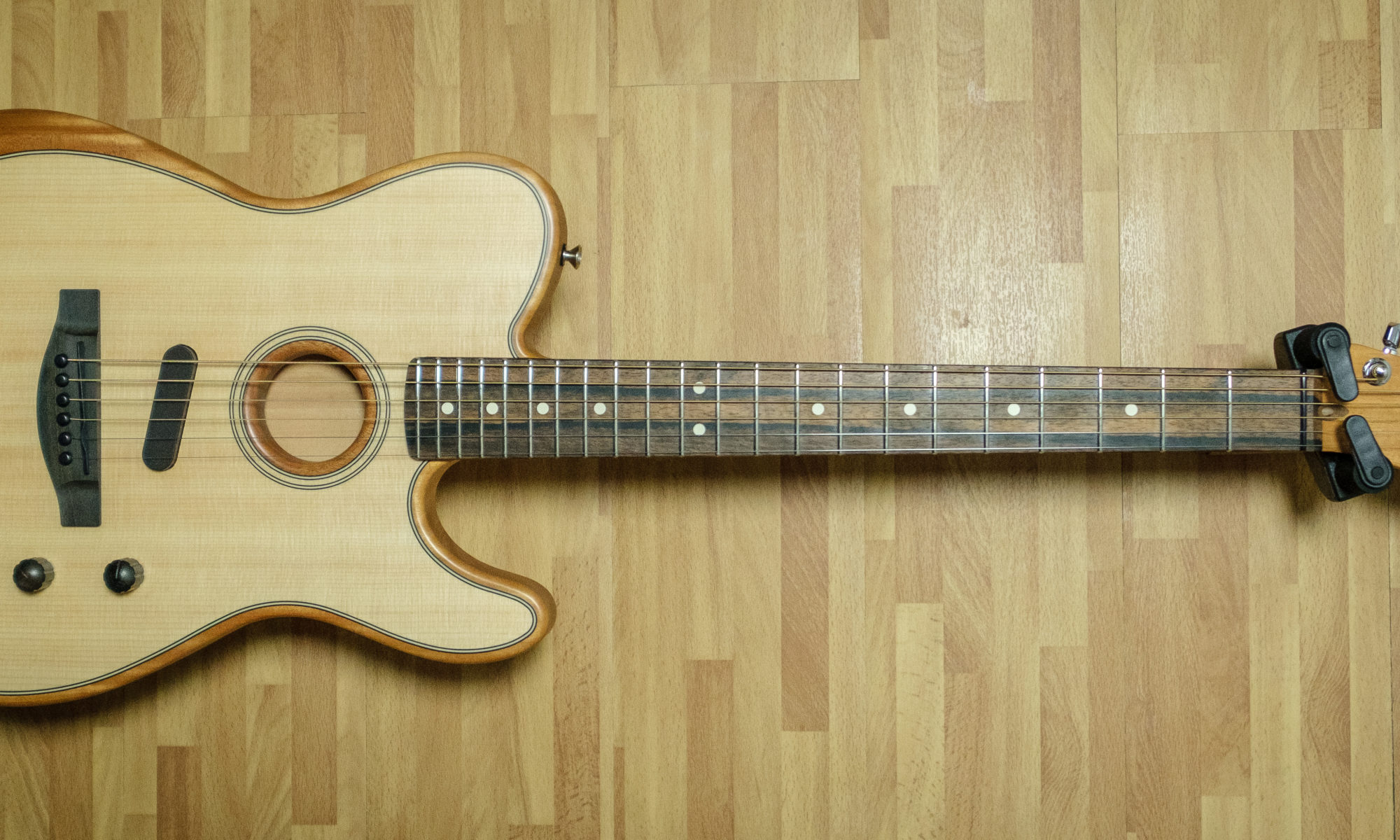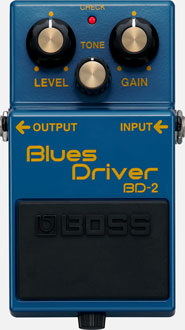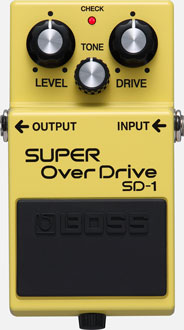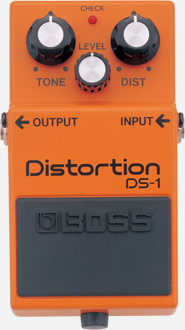I’ve just spent two days hiding from unseasonably warm weather, locked in a room with the Marshall Origin 20W head and my Les Paul. Two days of writing, recording, re-recording, and mixing 12 demo tracks.
Now that it’s over, what do I think?
It’s Damned Loud!
This amp needs cranking to get the best out of it. Yes, it has built-in power scaling so that it’s usable at home volumes – but it isn’t the same amp when its held back like that.
To make the demo tracks, I ran the Origin 20W head through a Two Notes Captor and into to my audio interface. Instead of using a real cab, I used an impulse response from Celestion – their G12M-65 in a 1×12 open-backed cab. The end result sounds very close to how the Origin sounds through my real cab.
That meant I could run it with the Master on 8, and the Gain between 5 and 8 depending on whether I was using pedals or not. That seems to be the sweet spot for this amp. With the amp cranked, the power tubes get to contribute to the overall gain.
I normally run the amp in the middle power setting, with the Gain on 5 and the Master at around 2 or 3. Set down there, the amp needs pedals to help it rock out. The results are fun, and it does sound good for home volume levels.
But if you can’t turn it up, you’re missing out.
It’s Damned Bright!
Another reason to crank this amp is to do with how bright it sounds at lower volumes.
This amp’s energy is somewhere up in the upper mids. At low volume, those frequencies dominate our hearing, and the amp sounds very bright. It’s only when the amp is turned up that we start to hear the wider frequencies that the Origin produces.
It is the nature of these vintage amp designs. Even the famed Marshall Super Lead amps were originally very bright amps.
But … the community has spent the last 50+ years moving away from amps that behaved like this. Today, most of the community doesn’t have any experience with those original, unmodded amps, and as a result, Origin’s brightness has come as a bit of a surprise to most folks – me included!
When the inevitable Origin v2 comes along in a few years, Marshall should consider revising the design so that it’s not so bright at lower volumes. In the meantime, it’ll be interesting to see if the community comes up with ways to mod the Origin to help address this in some way.
It’s Very Clean(ish)!
This amp is never super clean. There’s always a bit of grit in the signal, and that helps it work really well with affordable overdrive and distortion pedals. It stays that way until you really crank it. I haven’t played another amp with this much headroom before.
From demos I’ve seen, and other people I’ve talked to, I think that there’s quite a bit of variety between different examples of this amp. Mine seems to be at the lowest-gain end of examples that I’ve come across. It’s certainly go nowhere near the gain that you’ll see in Marshall’s official demo video up on YouTube.
So soon after Origin’s launch, there’s not enough examples out in the wild to form a reliable picture. Are all 20W heads very clean(ish), or do they vary? Do all the 50W amps have more gain on tap? I don’t know. Only time will tell.
Get Over The Plexi Thing!
Some folks saw Marshall’s branding and pre-release promotion of this amp, and assumed they were getting a 2 grand Super Lead for 500 bucks. When Origin turned out to be something else, they were very disappointed … to the point that they just couldn’t get over it.
And yet, when I’ve invited people to take the Plexi challenge, and pick out the real Plexi from Origin (or Origin + plexi-voiced pedals), so far no-one has successfully done so. I think that says it all.
Now, to be clear, I have never seen Marshall market this as a budget-plexi amp. Nor has anyone been able to produce a single example of Marshall doing so. It’s just a case of folks convincing themselves that it’s the only thing Origin could possibly be. And, with a little bit of help, it can be.
Maybe you prefer the “plexi” tone, or maybe you’re building a budget rig to gig with so that you can keep your expensive Plexi-style amp safe at home. Just run a plexi-style pedal in front of the Origin amp, and you’ll be close enough.
And if you’re not chasing the exact “plexi” tone, save yourself a bit of money and use affordable pedals from Boss or TC Electronic in front of it instead. It’ll still sound great.
It’s Not A Pedal Platform Amp
If you want to get most of the tone, and all the dirt, from your pedals, the Origin isn’t the right amp for that. The Origin has too strong a character for that role. I’ve tried it, and it doesn’t work.
It does take many pedals well – especially pedals that are designed to run into an amp that’s on the verge of breakup. The end result is a tone that sounds largely like the Origin, and feels largely like the pedal.
I’ve been impressed with just how good the Origin works with affordable pedals in particular. It’s perfectly voiced for these pedals. You don’t have to spend a lot to tailor the sound to suit.
You just can’t tailor it a lot.
Update 2019-06-26: I was very wrong about this. The Origin is a great pedal platform. When I wrote this article, I was running the Origin through a Celestion Creamback, and it was that speaker which was making all the pedals sound similar. Since then, I’ve switched to using a Celestion Blue and a Celestion A-Type together, and that’s made it a much better pedal platform.
It’s A Keeper!
I bought the Origin because I wanted to build an affordable rig that I could recommend to friends. The blog posts this week have been a big part in me figuring out what I’d recommend, and why.
I’ve had a blast recording with it. I thought it sounded pretty good – and excellent for the money – and it gives me a way to get at sounds that I didn’t have before.
Those affordable pedals I’ve tried sound great through this amp. They’re meant for an amp just like this. They really suit the kind of simple bluesy rock that I enjoy. I’ll be doing more with them later in the year for sure.
In the meantime, the Origin has become my main practice amp. There’s something about playing through a real valve amp that the Kemper doesn’t replicate (well, there’s several somethings, but that’s for another day!) Since I got the Origin, I haven’t switched the Kemper on once to practice with. And I can’t see that changing any time soon.
Should You Get One?
If you:
- like vintage tones (everything before the hard rock tones of the late 70s onwards)
- can crank it up, or
- are happy to use pedals to make up the difference
then the Origin is an amp you’ll enjoy.
I think it suits vintage-voiced Les Pauls and the bridge position onTelecasters really well. These guitars have their strengths in the same upper-mids where Origin’s energy is.
Everyone else will probably be happier with the 2018 version of the Marshall DSL amps. It has a really nice clean channel that suits clean guitar as well as pedals, plus a great modern-sounding gain channel. I have one on back order, and once it’s here, I’ll do some in-depth demos of that to help you decide for yourself.







